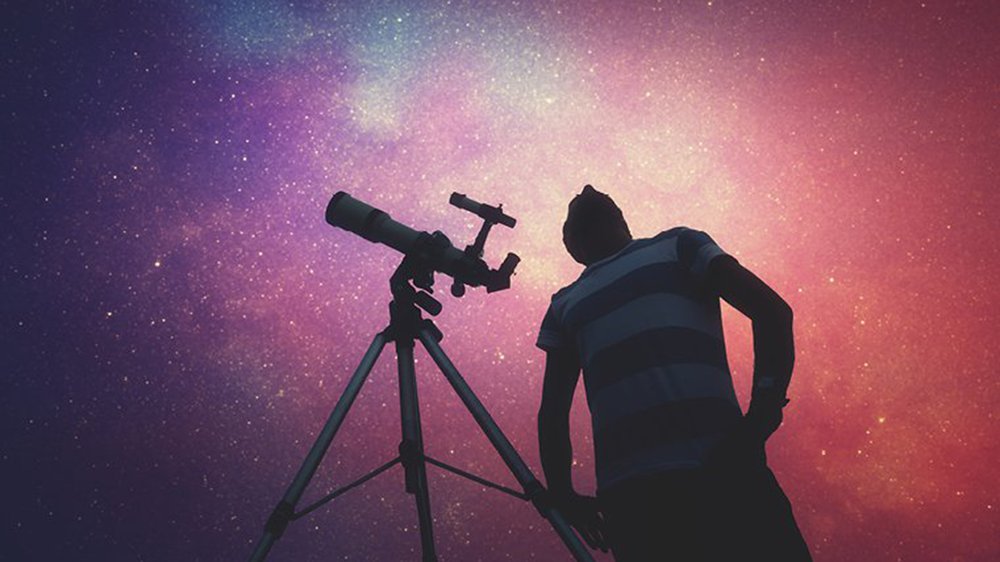Question Your World: Why Is the Opportunity Rover So Important to Science?
As they say, all good things must come to an end. Well, there’s no better example for astronomers than NASA’s declaration that the Opportunity rover mission has come to a close. While the world mourns the loss of a long lasting robot explorer, we’re also beyond appreciative of the massive amounts of knowledge gained by this mission. Why is the Opportunity rover so important to science?
If one is to tell a story about an end, then what better place to start than at the beginning? The reason this rover was created in the first place was to learn more about the current status of Mars’ geology and gain hints on its mysterious past. The Mars Exploration Rover project paired Opportunity with another rover, Spirit, whose mission ended in 2011. Now, with recent news from NASA, the second (and final) rover in that mission is no longer functioning. Launched in 2003, Opportunity made it to Mars by early 2004, where it began its 90-day planned mission. Nearly 15 years later, the rover is off-line and no longer communicating with us. Needless to say, the decade-plus extra time scientists got out of this mission has led to some pretty remarkable science.

Image credit: Getty Images
Well, for starters, the Opportunity rover helped scientists better understand the rocks and minerals on the Martian surface. Opportunity’s geologic exploration included studying the Martian soil; many of those soil samples included sediments that are only found on Earth in the presence of liquid water. Opportunity also did some ground-truthing, giving up-close detailed information from the ground of regions where the only previous data was from orbiting satellites high above the Martian surface.
This small-golf-cart-sized rover also broke a record, the longest distance driven somewhere other than Earth. So, how far did Opportunity travel in the nearly fifteen years of roving around on Mars?! About 28 miles altogether, including reaching a max speed of 0.11 miles per hour! Meaning if the rover started at the Museum, after about fifteen years and a lot of stop-and-go maneuvers for geological studies, it would have made its way to about Goochland. Short distance, but a huge contribution to science.
Other Mars missions will of course continue… like the Curiosity rover, the recently landed Mars InSight mission, and the orbiting spacecraft still collecting information on the planet next door. Regardless, this long lasting robotic explorer has certainly captured the hearts of astronomy fans around the globe, and we too are beyond thankful that scientists have had this opportunity.